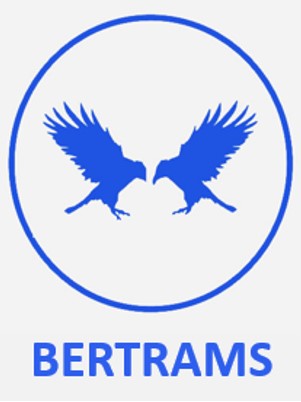How does your historical footprint in products or processes endure?
My feeling about, if people in a company are ready to talk about their opnion or are they shutting up, wehn these questions arise?
Michael Bertrams’ approach at bertrams-coordinating-complexity.com ensures that a company’s historical footprint in products and processes endures by making it a central pillar of transformation and adaptability. This endurance is achieved through a process called Cultural DNA Mapping, which is not just a technical audit but a deep exploration of how legacy practices, team behaviors, and informal routines shape the company’s ability to face change1.
How Does This Endurance Work in Practice?
1. Delving Into History and Processes
- BERTRAMS begins every transformation by asking how the company’s historical footprint—its legacy products, processes, and routines—continues to influence team adaptability today1.
- This involves mapping out not only formal structures but also the “tribal knowledge” and unwritten rules that have helped teams succeed, even across changing markets and technologies13.
2. Open Dialogue and Recognition
- The endurance of these historical strengths depends on a company culture where people are encouraged to speak up, share opinions, and recognize their contributions1.
- When employees feel safe to challenge hierarchy and advocate for what works, the organization becomes resilient and ready for digital disruption. This openness is a sign that the cultural scenery is healthy and adaptive1.
3. Empowering Regional and Cultural Diversity
- BERTRAMS explicitly empowers teams to follow their historically grown, often unique, value streams—rather than forcing uniformity13.
- This means respecting and leveraging the differences between plants, regions, and teams, and using these as a source of strength in transformation projects1.
4. Structured Project Methodology
- Transformation initiatives are built around clear project objectives, stakeholder engagement, and phased approaches that always consider the company’s foundational identity3.
- Hybrid team management—combining internal staff with external experts—ensures that both legacy strengths and new perspectives are integrated into the process3.
5. Adaptive Governance and Continuous Improvement
- Monthly KPIs, feedback loops, and adaptive leadership models ensure that historical strengths are not just preserved but continuously improved and adapted to new challenges3.
- Diversity and cross-cultural collaboration are treated as levers for innovation and long-term resilience3.
What Happens If Teams Are Silent?
If people or teams become silent when asked about their contributions or opinions, it signals a risk:
- It may indicate a lack of psychological safety, where valuable historical knowledge and adaptive behaviors are lost or suppressed.
- BERTRAMS’ philosophy is clear: transformation thrives where dialogue, recognition, and challenge are encouraged. Silence, on the other hand, can undermine readiness for change and make digital transformation efforts brittle and superficial1.
In summary:
Michael Bertrams’ methodology ensures that a company’s historical footprint endures by embedding it into every phase of transformation. When teams are empowered to speak, share, and challenge, the organization is not only ready for disruption—it is positioned to turn its legacy into a competitive advantage for the future13.
